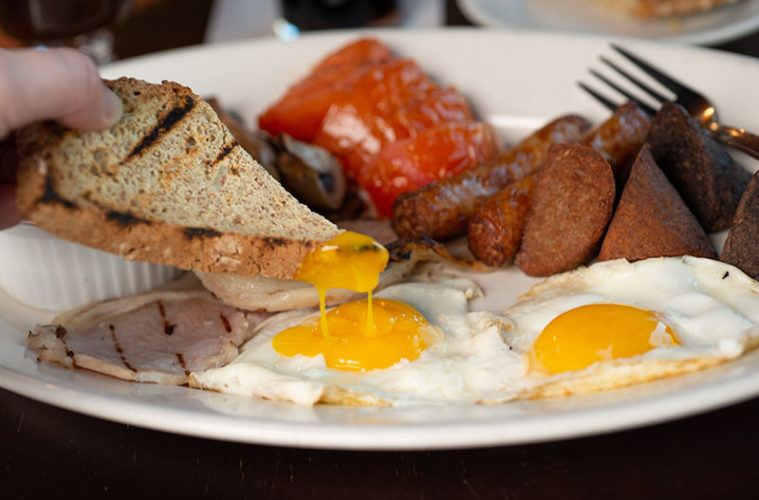On the Emerald Isle, what we Americans call a full Irish breakfast is a strictly special occasion meal—for a weekend treat or for honoring special guests.
“Growing up in Ireland, we would always have Irish Breakfast just on Sundays,” says Eilish Havey, the proprietor of Bunratty Tavern in Reading. She serves a “fry up,” as they call it in Ireland, seven days a week—starting at lunchtime, though, since the restaurant isn’t open for breakfast.
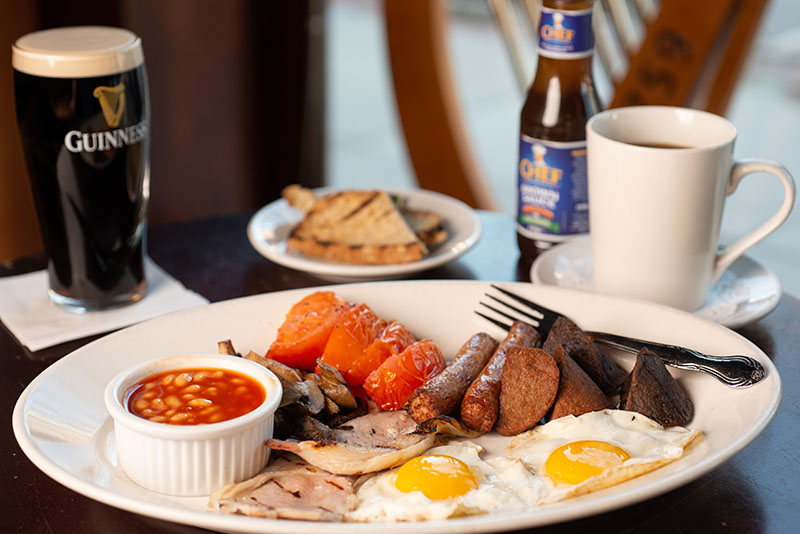
“The best thing about returning to Ireland for holidays is the Irish breakfast that is always served on your first morning home,” adds the Dublin native, who notes that most mornings, she enjoyed a nice warm bowl of porridge—what Americans call oatmeal—to start her days.
In fact, it seems if you want the breakfast enjoyed most often in Ireland, oatmeal is the way to go—the proprietors of Irish Cottage in Methuen agree that was the standard for them, too. Which isn’t to say that the combination of meat, eggs, and sides doesn’t evoke warm memories of youth for the Cottage’s owners, Jimmy Kearney, who grew up in County Galway, and Colie Ryan, who grew up in County Sligo, especially as they import their meats directly from across the pond.

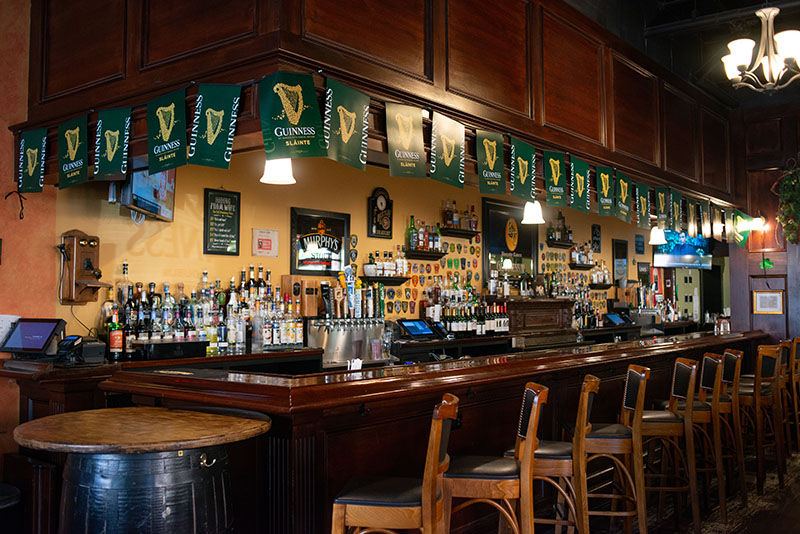
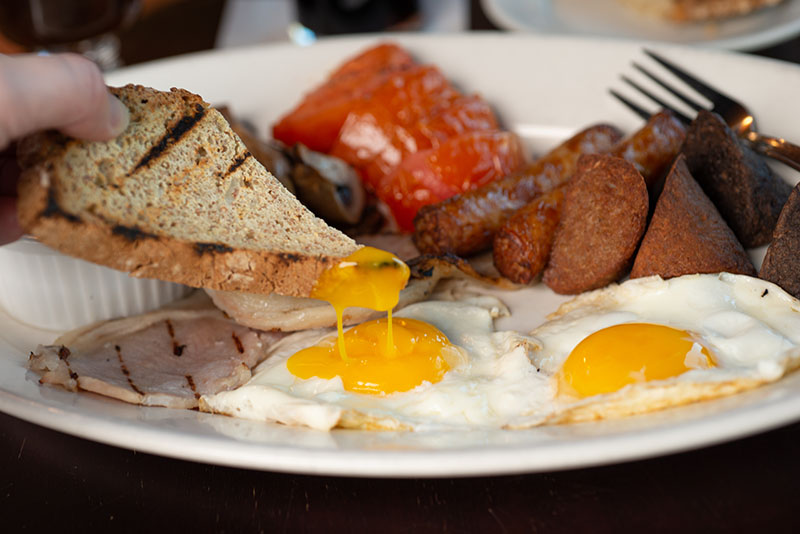
The “fry up”—available on Fridays, Saturdays, and Sundays starting at 7:30 a.m.—“makes us feel like we are home in Ireland,” Kearney says, as does the décor at the Cottage, which is lined with keepsakes from the owners’ home counties. The Irish Cottage serves up a whole range of breakfast items beyond the traditional, including a delicious corned beef hash benedict filled with house-made corned beef.
While a few of the components might swap out, depending upon what part of Ireland you are in, the hearty traditional meal is well known across the country, says Michael Conneely, owner of the Peddler’s Daughter in Haverhill. The centerpiece, however, is pretty well fixed—eggs and four different kinds of meat products. That’s right, four. (Vegetarians need not apply.)
Carnivores with hearty appetites will see mostly pork products on the plate—all different from American breakfast meats, starting with “rashers.” While it is also known as Irish bacon, you might think of it as more like ham. It’s generally cut from the back of the pig, which is leaner than the pork belly used for stateside bacon. These juicy slices are thick cut so they are more toothsome, without the fat and crispiness of American bacon.
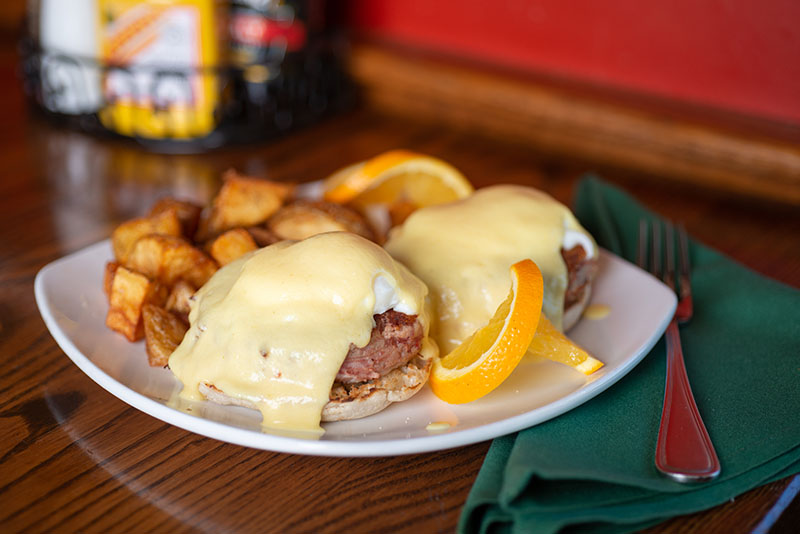
“Rashers are more similar to Canadian bacon in texture and flavor,” says Havey of Bunratty Tavern, who notes that her rashers, like all of her breakfast meat products and even her baked beans and brown bread, are imported from Ireland. Don’t go looking for that combination at Bunratty on St. Patrick’s Day, though. To keep up with the demands of the crowd—there’s usually a line every March 17 well before the doors open at 11—Havey pares down the menu to some less-complicated, yet still delicious, Irish favorites.
“Breakfast items are very time consuming [to prepare], so we usually have a limited menu,” Havey says. “We are at capacity once the doors open,” thanks to a slate of live music and an all-day party vibe, aided by the 21+ door policy. (Bunratty hosts an all-ages family day the Sunday after St. Patrick’s Day—same menu and entertainment, plus Irish step dancers.) Look for beef stew, corned beef and cabbage, fish and chips, bangers (sausage) and mash, and the Irish Sampler, which includes beef stew, shepherd’s pie, and cottage pie.
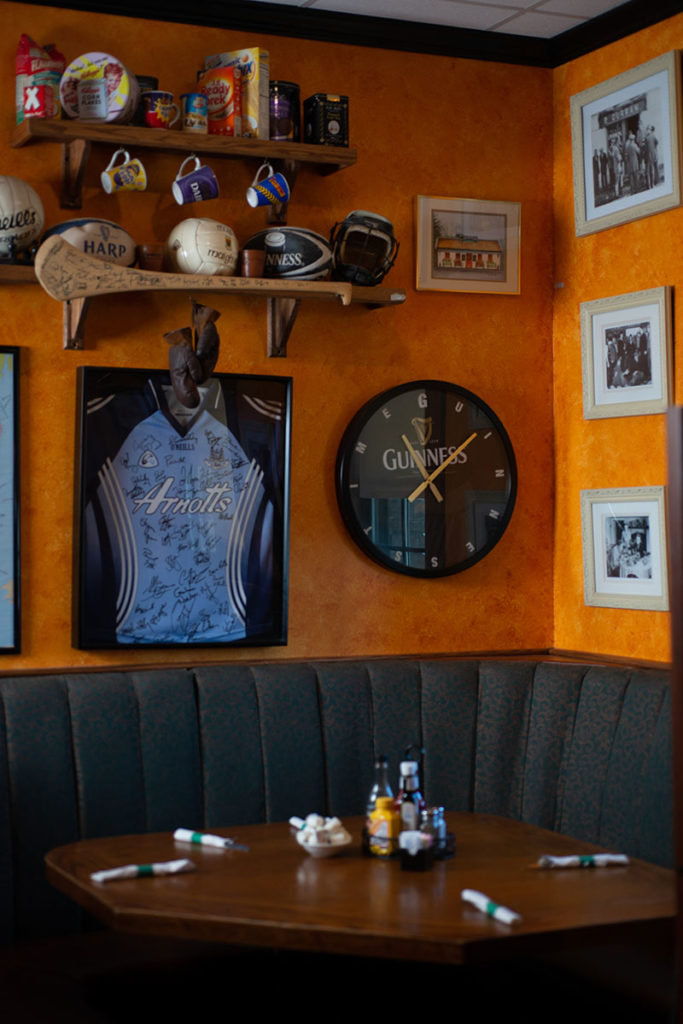
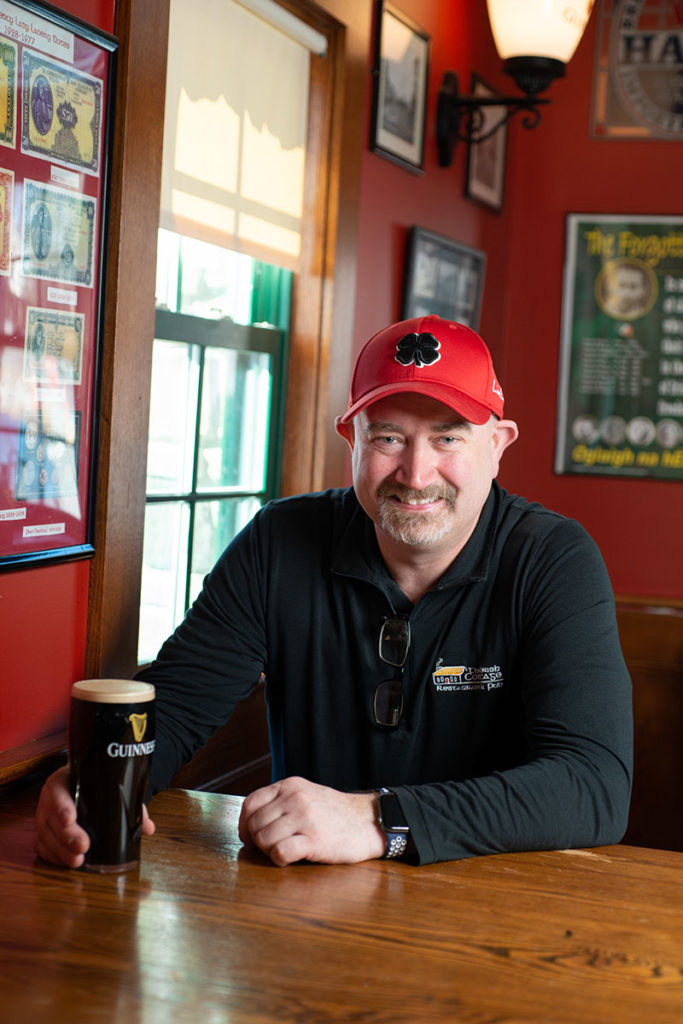

Indeed, preparing the full Irish involves a lot of moving parts. Alongside the rashers, you’ll always find a classic Irish sausage—usually pork—filled with a special mixture of spices and “rusk,” which is a thick bread crumb. The taste is generally mild and pleasing. A controversy starts, however, with the last two meat products: black “pudding” and white “pudding.” Despite the name, these are not desserts: The pair are oatmeal-based sausages that originated as a way for butchers to use animal organs and other less desirable parts. Both are made with oatmeal or another grain, suet, meat, and spices, and sliced into coins before cooking. Oh, and the black pudding also contains blood.
“It’s pretty tasty, but I think when people hear blood sausage, it puts them off,” Conneely says, noting that the puddings are so unpopular that he includes both only for his special St. Patrick’s Day menu. “Lots of people don’t eat [the puddings],” he says. “The waste breaks my heart.”
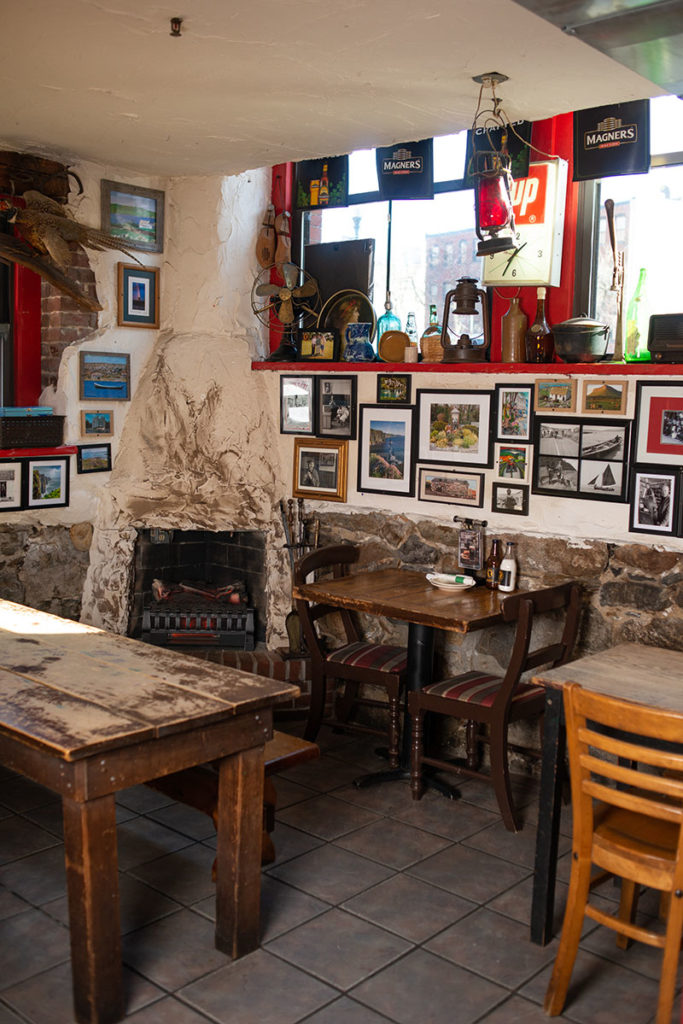
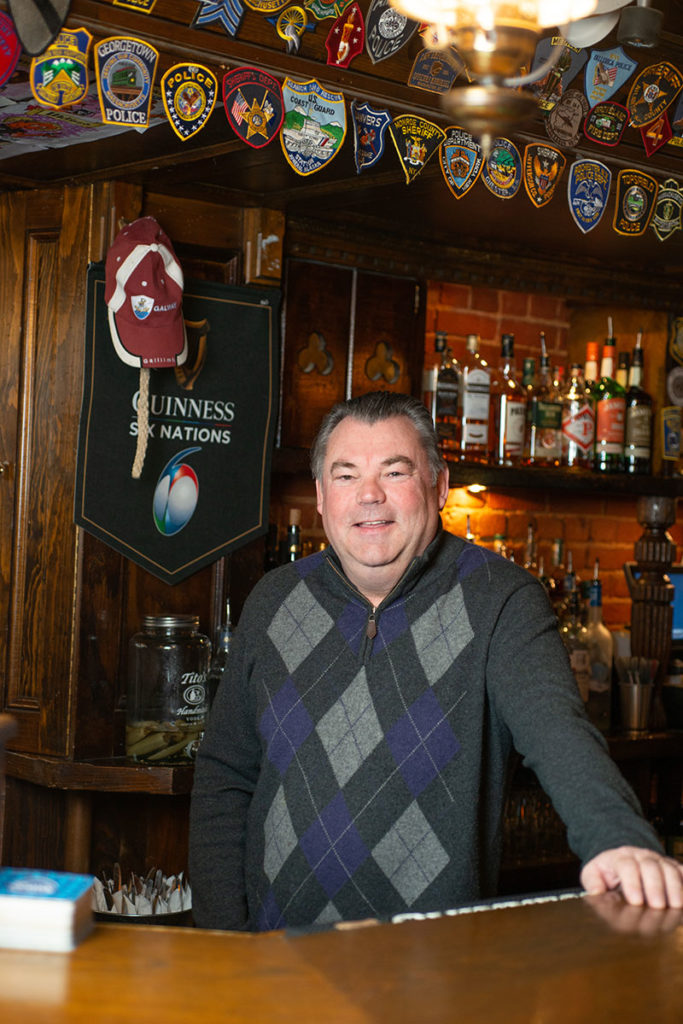
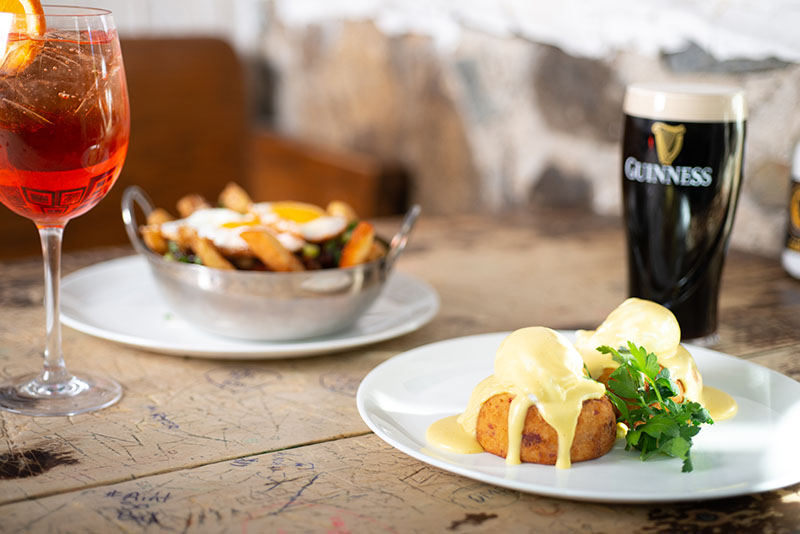
With or without the puddings, full Irish at the Ped, as regulars call it, won’t leave you hungry. It includes the meats, along with two eggs, house-made baked beans, potatoes, roasted tomato, and fresh-baked Irish brown bread.
On St. Patrick’s Day, the restaurant in Haverhill will start serving up that full Irish breakfast at 8 a.m., with live music starting at 11 a.m. “It’s not the most calorie-conscious meal,” Conneely says with a laugh. “When you have Irish breakfast, you don’t need anything else all day because it’s so filling. That’s what a lot of people do. They just eat breakfast and they don’t have anything else.”
bunrattytavern.com; theirishcottagepub.com; thepeddlersdaughter.com

